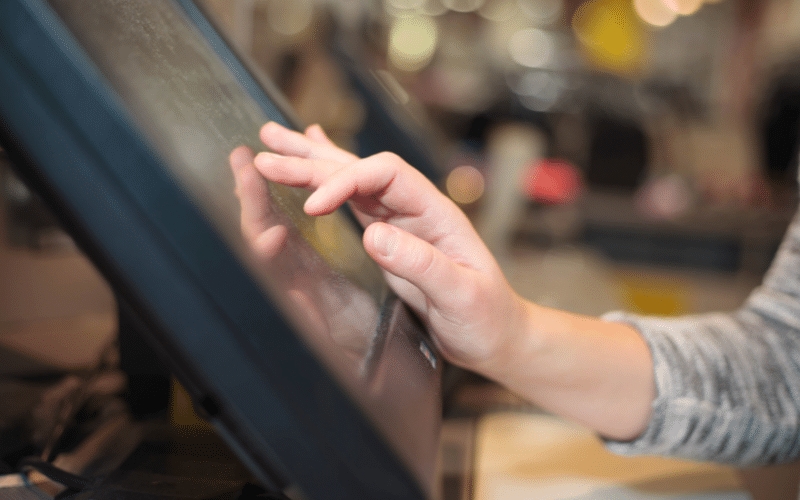Mastering Point-of-Sale Equipment in Retail
Posted by SkillMaker in Mar, 2025
What is a concise description of point-of-sale equipment when following point-of-sale procedures?

Point-of-sale (POS) equipment refers to the hardware and software used by retail businesses to complete sales transactions. These systems are crucial for managing sales data, processing payments, and tracking inventory, ensuring smooth and efficient customer service within a retail environment.
Listen to this article as a podcast
Why do people in the Retail industry need to understand point-of-sale equipment when following point-of-sale procedures?
Retail professionals need to master POS equipment as it is the cornerstone of everyday operations. Efficiently operating these systems ensures quick and accurate transaction processing, enhances customer satisfaction, reduces errors, and streamlines inventory management. Familiarity with POS equipment also allows employees to troubleshoot minor issues, minimizing disruptions.
“Understanding and efficiently operating POS equipment is crucial to delivering seamless service, enhancing sales performance, and maintaining customer satisfaction.”
What are the key components or elements of point-of-sale equipment when following point-of-sale procedures?
Key components of POS equipment in retail include:
- Terminal: The point of interaction between the store and the customer, where transactions are completed.
- Barcode Scanner: Device used to quickly read product information for efficient check-out processes.
- Receipt Printer: Prints transaction receipts for customers.
- Cash Drawer: Secures cash and coins during transactions.
- Payment Terminal: Processes credit/debit card payments.
What key terms, with descriptions, relate to point-of-sale equipment when following point-of-sale procedures?
- Electronic POS (ePOS): Computerized systems that integrate sales processes with digital inventory and financial tracking.
- Cloud POS: Internet-based systems offering real-time access and updates across multiple retail locations.
- Inventory Management: The process of tracking and managing stock levels through POS systems.
- Omni-channel Retailing: Integrating multiple sales channels to provide a seamless customer experience.
Who is typically engaged with operating or implementing point-of-sale equipment when following point-of-sale procedures?
Point-of-sale systems are typically operated by cashiers, retail associates, inventory managers, and sometimes store managers. These personnel need to be trained to efficiently use the equipment and ensure all sales operations run smoothly.
How does point-of-sale equipment integrate with other components of Retail industry in Australia?

POS equipment integrates seamlessly with inventory management systems, customer relationship management (CRM) software, and marketing tools. This integration ensures real-time data exchange and offers valuable insights for retail operations, supporting strategic decisions, promotional efforts, and improved customer service.
Where can the student go to find out more information about point-of-sale equipment when following point-of-sale procedures?
What job roles would be knowledgeable about point-of-sale equipment when following point-of-sale procedures?
Roles include:
- Sales Associates
- Cashiers
- Store Managers
- Inventory Managers
- Customer Service Representatives
What is point-of-sale equipment like in relation to sports, family, or schools?

In sports, POS equipment is akin to a well-oiled game plan, enabling players to seamlessly execute plays. In a family setting, it resembles a home’s budgeting tools, ensuring expenses are tracked and managed. In schools, it’s similar to a school’s administrative systems, where data is centralised for efficiency and accuracy in operations.
(The first edition of this post was generated by AI to provide affordable education and insights to a learner-hungry world. The author will edit, endorse, and update it with additional rich learning content.)
(Skillmaker – 2025)

 Post Tagged with
Post Tagged with